Did you know that two major energy sources – hydro and solar power – have deep roots in Wisconsin history? It’s true. You might even say a current of energy-related ingenuity surged through our great state throughout the 19th and 20th centuries. Read on if we’ve ignited your curiosity. Don’t go chasing waterfalls… Hydroelectric energy,… Read More…
We’ve Got the Power!
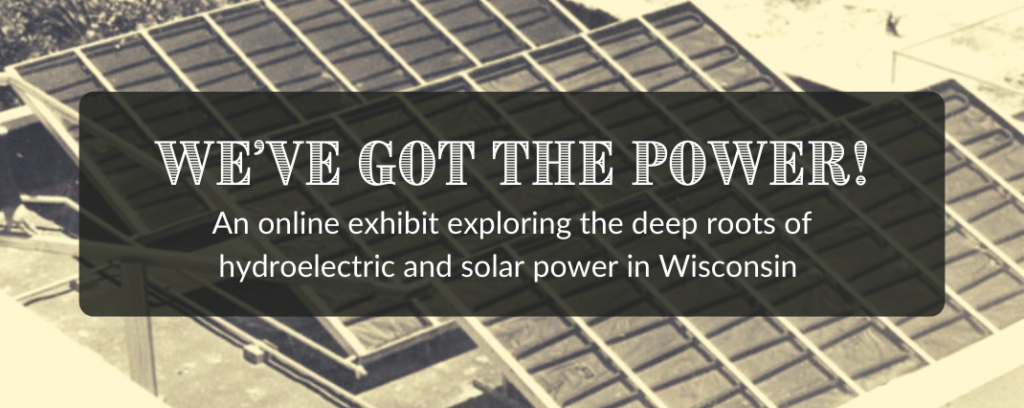

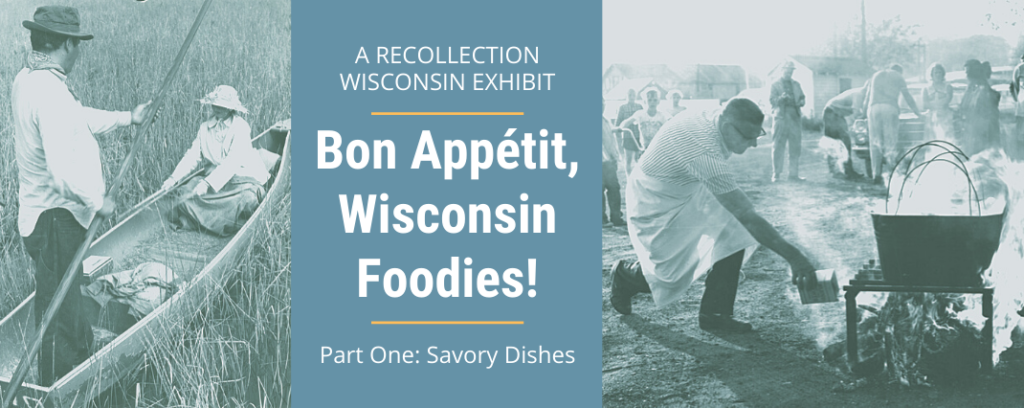
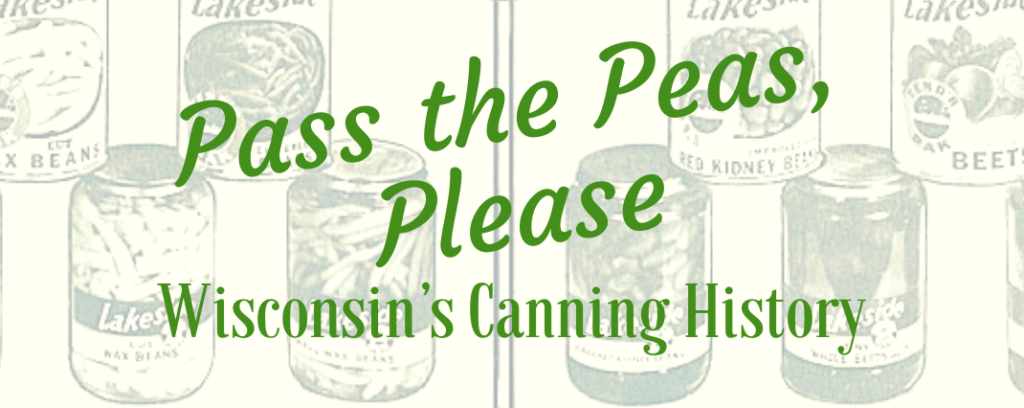
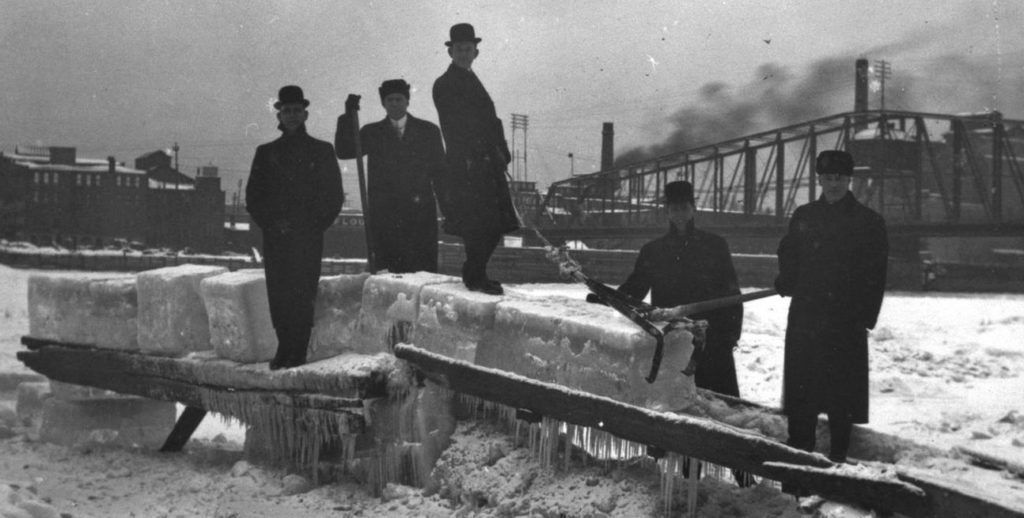
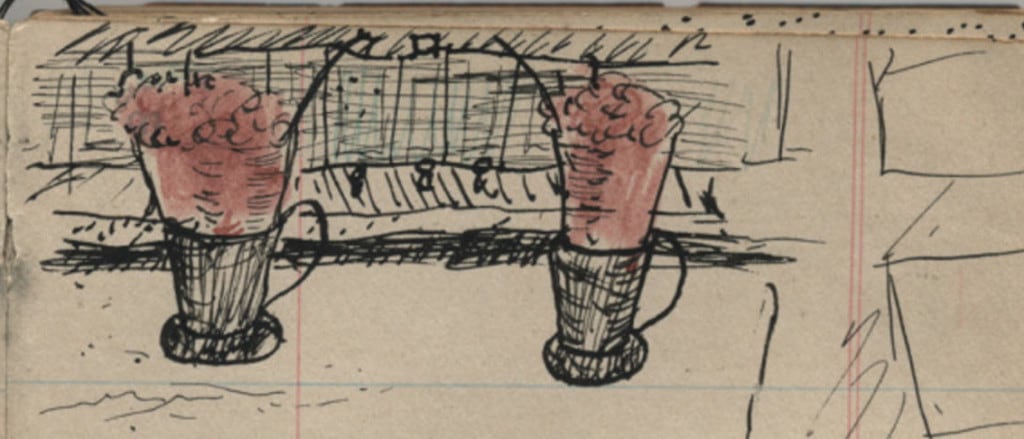



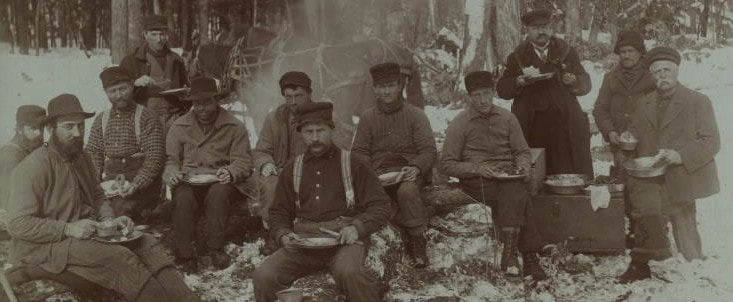


You must be logged in to post a comment.